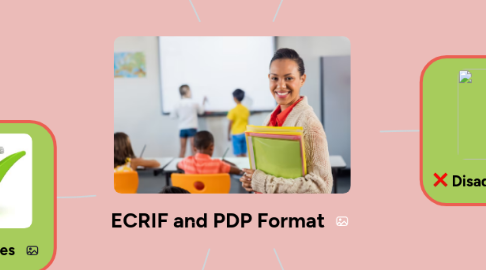
1. Components of ECRIF
1.1. Encounter:
1.1.1. Students become familiar with the information and material related to the new language and what they already know is activated.
1.2. Clarify:
1.2.1. The teacher asks questions to know if the students have understood.
1.3. Remember:
1.3.1. Activities such as drilling are used in order for students to save new material in their memory.
1.4. Internalize:
1.4.1. Students apply the new information to internalize the new language without the teacher's help.
1.5. Fluency:
1.5.1. The students produce the target language fluently and creatively in communicative tasks such as role plays, debates.
2. Advantages
2.1. The activities are interactive and creative.
2.2. It can be adapted to the level of learning of the students.
2.3. There is an integration of new learning for students.
2.4. Students develop skills through different teaching methods.
2.5. It helps the teacher to collect information about the students' prior learning.
3. Differences
3.1. The PDP format has few stages than the ECRIF format.
3.2. The ECRIF format has activities for both teachers and students.
3.3. The PDP format has activities just for students.
3.4. The ECRIF format allows the teacher to look at what students are thinking about at any stage in a lesson.
4. Components of PDP
4.1. Pre:
4.1.1. At this stage, students are anticipated about new key lesson vocabulary that the teacher will develop during class.
4.2. During:
4.2.1. Through a series of activities such as talking about the main topic, students are able to develop skills such as reading and active listening.
4.3. Post:
4.3.1. It is at this stage where students must integrate what they understand through reading and listening, relating them to activities of speaking in discussion questions.
